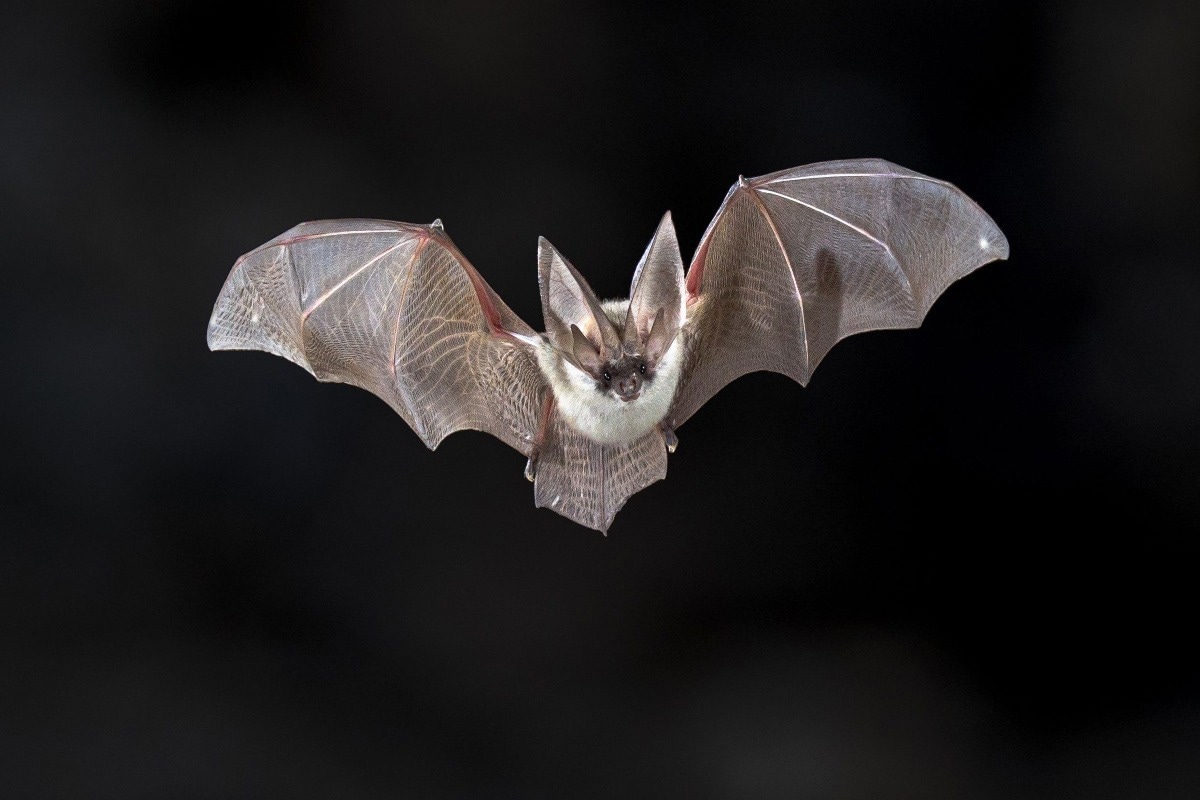The current coronavirus disease 2019 (COVID-19) pandemic occurred due to the zoonotic spillover of a novel coronavirus, namely, severe acute respiratory syndrome coronavirus 2 (SARS-CoV-2). This pandemic has highlighted the importance of understanding how pathogens (e.g., bacteria, fungi, and viruses) and hosts co-evolve in response to each other.
 Study: Exceptional diversity and selection pressure on coronavirus host receptors in bats compared to other mammals. Image Credit: Rudmer Zwerver/Shutterstock
Study: Exceptional diversity and selection pressure on coronavirus host receptors in bats compared to other mammals. Image Credit: Rudmer Zwerver/Shutterstock
Background
Based on the evolutionary analysis, researchers reported that hosts encounter immense pressure because of the proteins that are targeted during infection. In response to this event, they naturally evolve, such that the proteins are no longer targeted by pathogens.
Several studies have indicated that bats are a potential reservoir of emerging infectious viruses, especially coronaviruses. These studies have revealed that three of the most infectious coronaviruses, namely, SARS-CoV-2, Middle Eastern respiratory syndrome-associated coronavirus (MERS-CoV), and severe acute respiratory syndrome-associated coronavirus (SARS-CoV), have originated from bats.
Scientists stated that based on the evolutionary histories of bat species, the virus has changed its characteristic features with varying levels of infectiousness and response to the host’s immunity. Hence, it is extremely important to investigate all species to determine the one with a higher level of risk of zoonotic spillover to humans or vice versa.
Investigation of host proteins associated with potential zoonoses could be a powerful indicator for determining the past as well as present proteins, which are under potential evolutional pressure. Evaluation of these proteins could also predict the possibility of cross-species transmission. Several studies have attempted to elucidate how different strains of the virus can bind with different species’ angiotensin-converting enzyme 2 (ACE2) and dipeptidyl-peptidase 4 (DPP4), which could lead to zoonotic spillovers.
A new study
A new study examined how ACE2 and DPP4 has evolved using the bat genetic dataset as well as other mammal species. Both ACE2 and DPP4 are the prime receptor proteins that have been targeted by SARS-CoV and SARS-CoV-2, and MERS-CoV, respectively. This study has been published in Proceedings of the Royal Society B.
In this study, researchers utilized ACE2 and DPP4 sequences from fifty-five bat species representing five families and thirty-seven genera to analyze their evolution. Scientists obtained the ACE2 and DPP4 sequences and mammalian ACE2 and DPP4 orthologues from Gen-Bank. Scientists conducted phylogenetic and molecular analyses to identify the evolutionary diversities and similarities.
Researchers compared amino acid sequences associated with ACE 2 for SARS-CoV and SARS-CoV-2, and DPP4 for MERS-CoV, to understand and detect which amino acid residues were responsible for coronavirus binding across mammals. This was also useful in determining the probable host range of these coronaviruses.
Shannon’s diversity index was calculated to identify which amino acid positions were the most variable. Scientists determined the number of unique amino acids and their evenness for positions using vegan packages in R. They further analyzed amino acid residues that were identical or equivalent to humans.
Key findings
In this study, scientists analyzed around 270 ACE2 sequences from 206 species, i.e., 98 bat and 108 non-bat species. Additionally, they evaluated 248 DPP4 sequences from 235 species, which included 92 bat and 143 non-bat species. Although many non-bat mammal species were present, scientists observed a higher number of unique combinations in bats compared to non-bat species. This study documents that bats are diverse at ACE2 contact amino acid residues for SARS-CoV and SARS-CoV-2 and DPP4 contact residues for MERS-CoV.
Scientists conducted several selection analyses using the recent mammalian maximum class credibility (MCC) tree, which indicated that bats were under positive selection in contact residues. Additionally, other analyses, such as the adaptive branch-site test of positive selection, revealed that the bat clade showed a high possibility of selection compared to other branches associated with other mammals.
Similar to ACE 2, DPP4 was also widespread across the bat clade. The current study suggested that MERS-CoV can infect many species. The findings of this study are in line with previous studies that reported an enhanced positive selection in bats in ACE2 and DPP4, compared to other mammals, with regards to aminopeptidase N response.
Scientists quantified the similarities between each species and humans associated with ACE2 and DPP4 residues that can bind with coronaviruses. The similarities of ACE2 and DPP4 residues varied within and between mammalian orders. The authors found that most rodents and carnivores’ species were dissimilar to human ACE2.
Domestic cats share most similarities with ACE2 residues that contact SARS-CoV and SARS-CoV-2. Several studies have also indicated that cats can shed both viruses. The current study revealed that pangolin exhibits greater similarity in ACE2 residues to humans compared to most New World monkeys. Additionally, camels were reported to be the closest host for MERS-CoV and were very similar to humans.
Conclusion
Scientists revealed that evaluation of evolutionary selection and determination of the similarity of host residues that contact viruses are extremely important to identify animals to target viral surveillance. These animals could be the origin of new zoonotic infections. They could also act as secondary reservoir species, which can be infected by humans and also re-infect humans or other species.